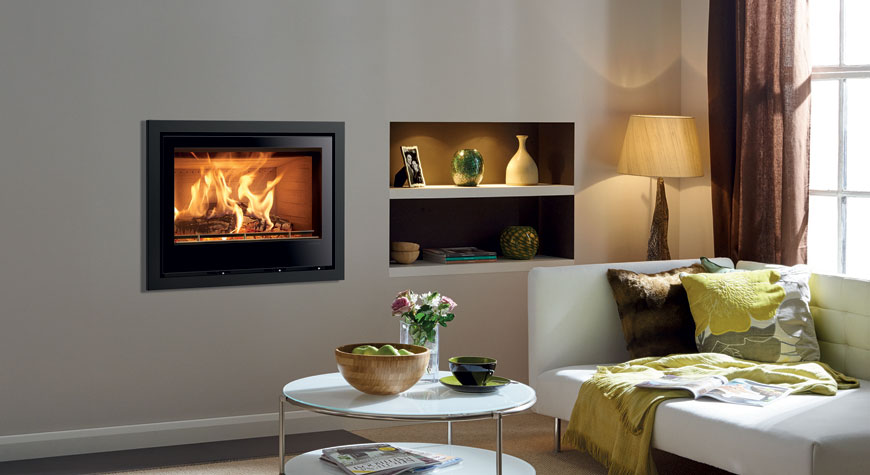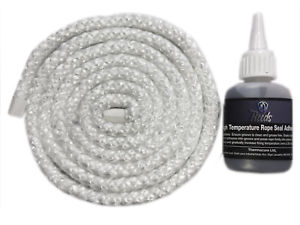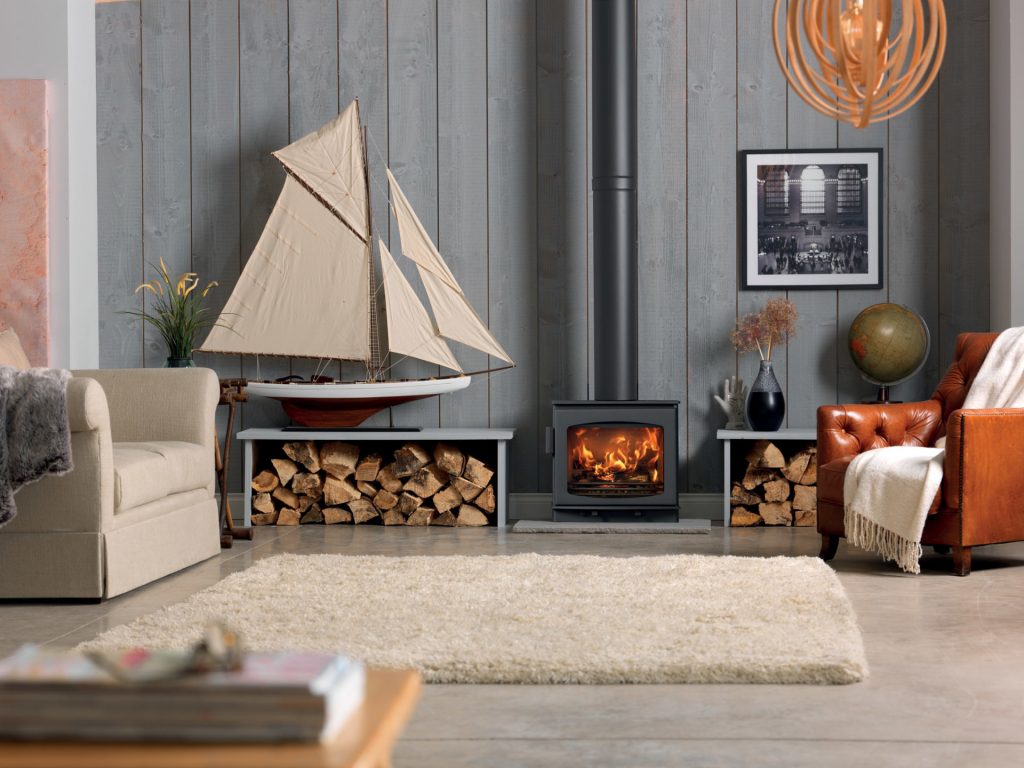To the naked eye wood-burning and multifuel stoves look like very sturdy and very strong units. The truth is that they are extremely strong and long-lasting but there are still ways in which you can make them more efficient and also extend their life. We hear many examples of stove enthusiasts cleaning their machines once a year only to find damage, rust and other problems. Repair and maintenance is an ongoing process and you should carry out regular checks throughout the year.
Clean your glass
The modern day wood-burning/multifuel stove is fitted with an airwash system which ensures that the glass viewing area is clear at all times. This not only enhances the experience of those in the room but it also extends the life of your glass – removing particles which can cause damage. If for some reason your glass begins to go cloudy, perhaps the airwash system is not having the same impact then it may be time to clean the glass manually. It is advisable to use specialist cleaning product but many people also find that a newspaper dipped in malt vinegar is just as good. Under no circumstances use abrasive material to clean your glass, this will cause long-term damage.

Check for rust
As the vast majority of traditional wood-burning stoves are made from cast iron (or similar material) they can on occasion experience rust. If treated quickly this is nothing to worry about. Simply use a material such as wire wool to remove the rust and then touch up the stove paintwork and your stove is as good as new. A word of warning, it is essential that you remove all rust from the area in question otherwise it will simply return – with vengeance!
An overflowing ashpan is a danger
It can be tempting to leave the hot ashes in your ashpan with a promise to yourself to sort it tomorrow. For many people tomorrow never comes with the hot ashes continuing to pile up under the grate. When they are cold this is not a problem but hot ashes, and remember the inner workings of a stove can get extremely hot, sitting under the grate can be a huge problem. Eventually the grate will become distorted/warped which will impact the overall efficiency of your stove – potential safety. It is very easy to avoid, simply empty your ashpan on a regular basis.
Check your rope seals
There are areas where people feel there are false efficiencies, ways to save money and put off repairs for their wood-burning stove. One such area, which is extremely cheap to repair, is that of rope seals around the door and the glass frame. To understand the potential problem we need to understand exactly what the rope seal does. This ensures that all of the heat is retained within the stove body and released into the atmosphere in a controlled manner. If a rope seal is broken, worn or perhaps it has fallen off, heat will seep into the room in an uncontrolled manner. This will make your stove less efficient, you will require more fuel and you will never quite reach those temperatures that you did before. Changing rope seal is extremely easy, quick and will just cost you a few pounds.

Book that chimney sweep tomorrow
There is a general misconception that once your flue liner is installed into your chimney that is the end of any chimney maintenance or repairs. It is easy to forget the temperature of the gases which flow through this flue liner and the potential issues which can be experienced in a chimney. There may be loose brickwork in the side of the chimney or a blockage which can lead to a buildup of creosote. Creosote is a black tar like material which will cling to the side of your flue and can on occasion lead to chimney fires. It makes perfect sense to have your chimney swept at least once (if not twice) per year as a means of maintaining the efficiency of your wood-burning/multifuel stove. If you spot a danger fairly quickly, such as a growing blockage in your flue/chimney, this can be rectified immediately without injury or distress. On the other hand, a chimney fire can prove extremely dangerous and very difficult to control.
Conclusion
Above we have listed five simple ways in which you can maintain and in some situations improve the efficiency of your wood-burning/multifuel stove. None of these tips are rocket science but the cumulative impact can be significant. Saving on fuel, increasing your heat output and doing your bit for the environment, all require regular repair and maintenance. Don’t be one of those stove enthusiasts who puts off repairs and maintenance until tomorrow. For sometimes, tomorrow never comes….

